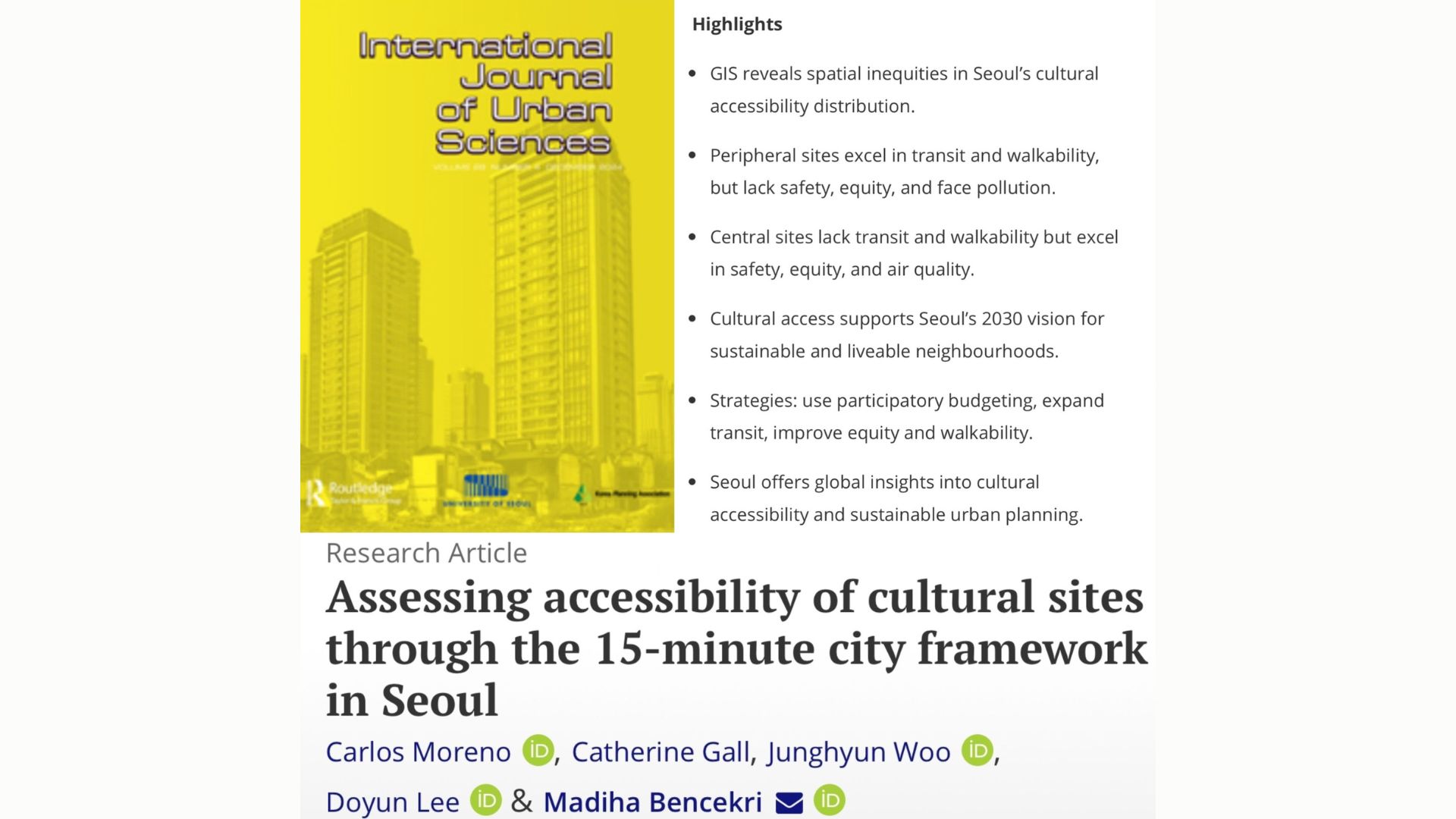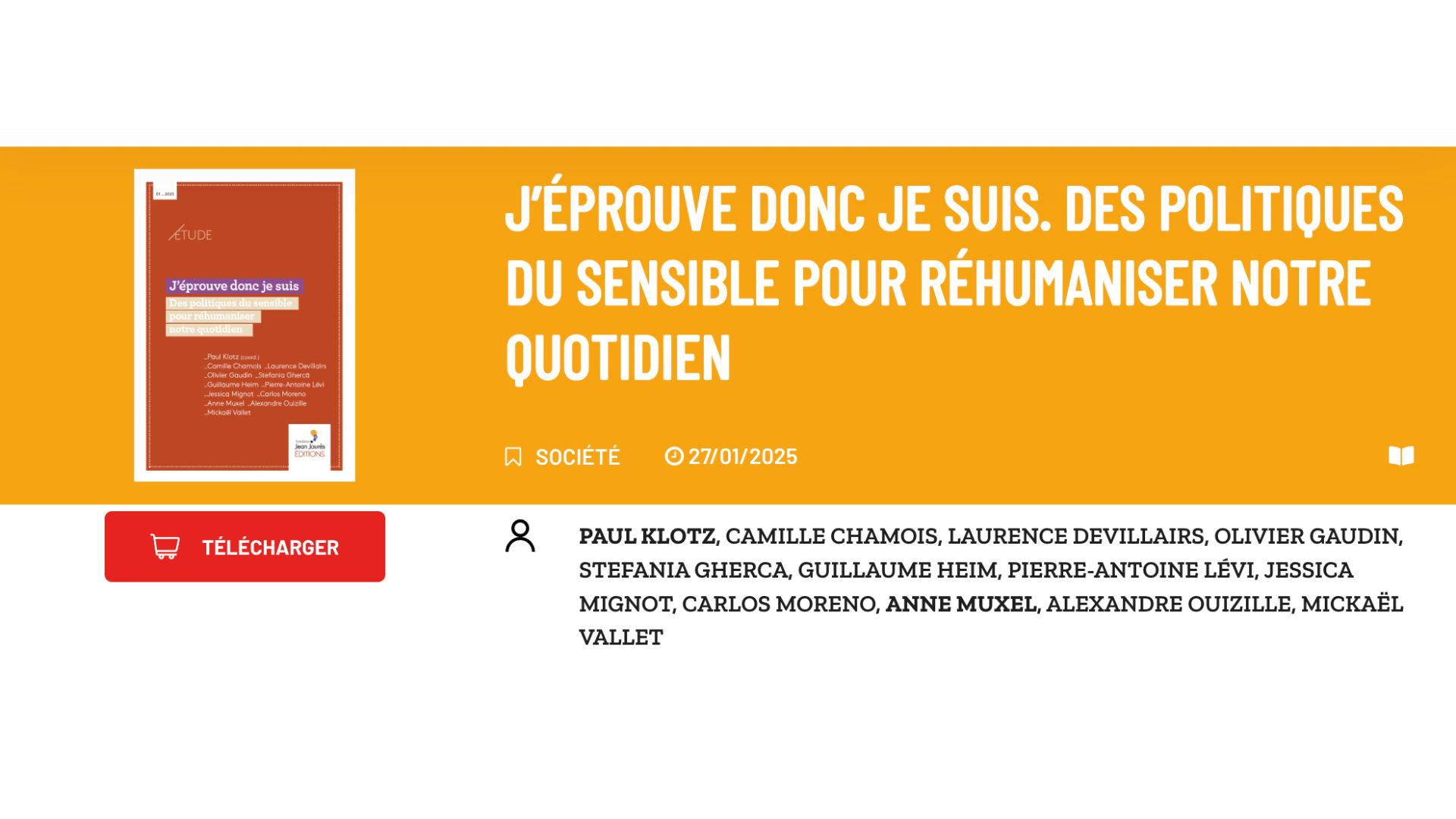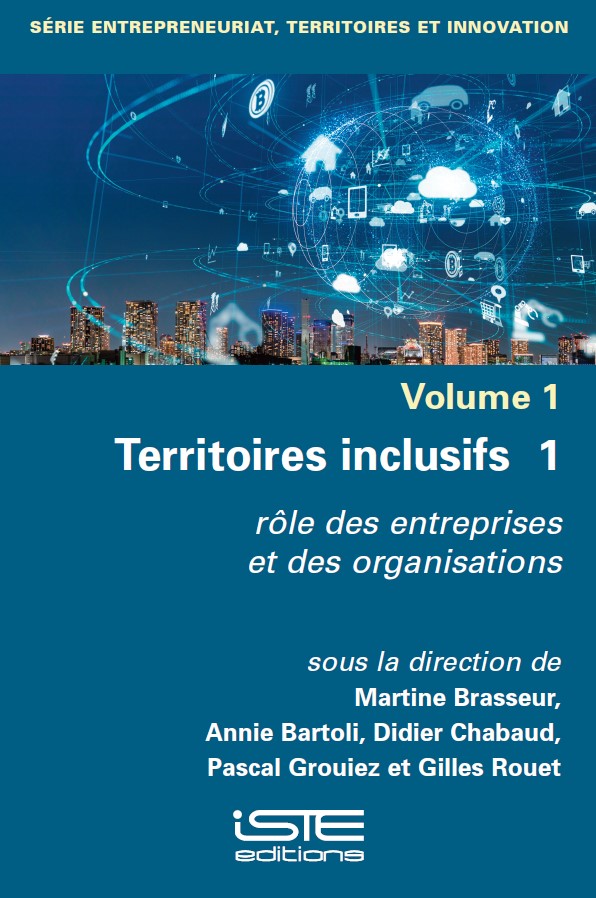Abstract
In recent years, the concept of proximity has gathered significant attention and the best-known model dealing with this concept is Carlos Moreno’s 15-minute city, where citizens can easily reach any essential service through a 15 minutes’ walk (or bike ride). This city model presents numerous advantages, including reductions in car traffic and carbon footprint, improvement in citizens’ health and safety, enhancement of the economy in the whole city, improvement of accessibility and so on. However, transitioning to a 15-minute city is not a straightforward undertaking and we argue that for this process to succeed it is best to rely on data-driven assessments of its developments. Therefore, in this paper we present the NExt proXimity Index (NEXI), based on open data and capable of measuring the level of local proximity to services by walking, according to the principles of the 15-minute city. The goal of NEXI is to identify which of the different areas of a given territory already follow the 15-minute paradigm and its implementation is made available as an interactive map where the index is computed on a hexagonal grid and thematized according to its value. The NEXI is designed to be glocal: it is based on OpenStreetMap data so it can be replicated everywhere (global), but it is also granular enough to be able to evaluate the proximity at a small scale (local). Moreover, the index is designed to have a scalable computation and is in fact already available for the entirety of Italy. Finally, the NEXI can be combined with additional local data (e.g. population level) to gather additional insights, as was experimented in two use cases carried out in the cities of Ferrara and Bologna, Italy.



